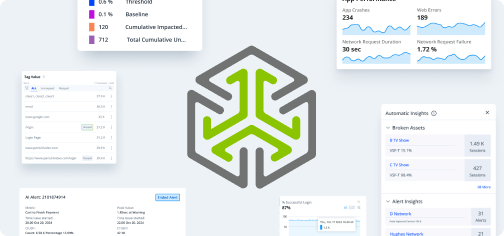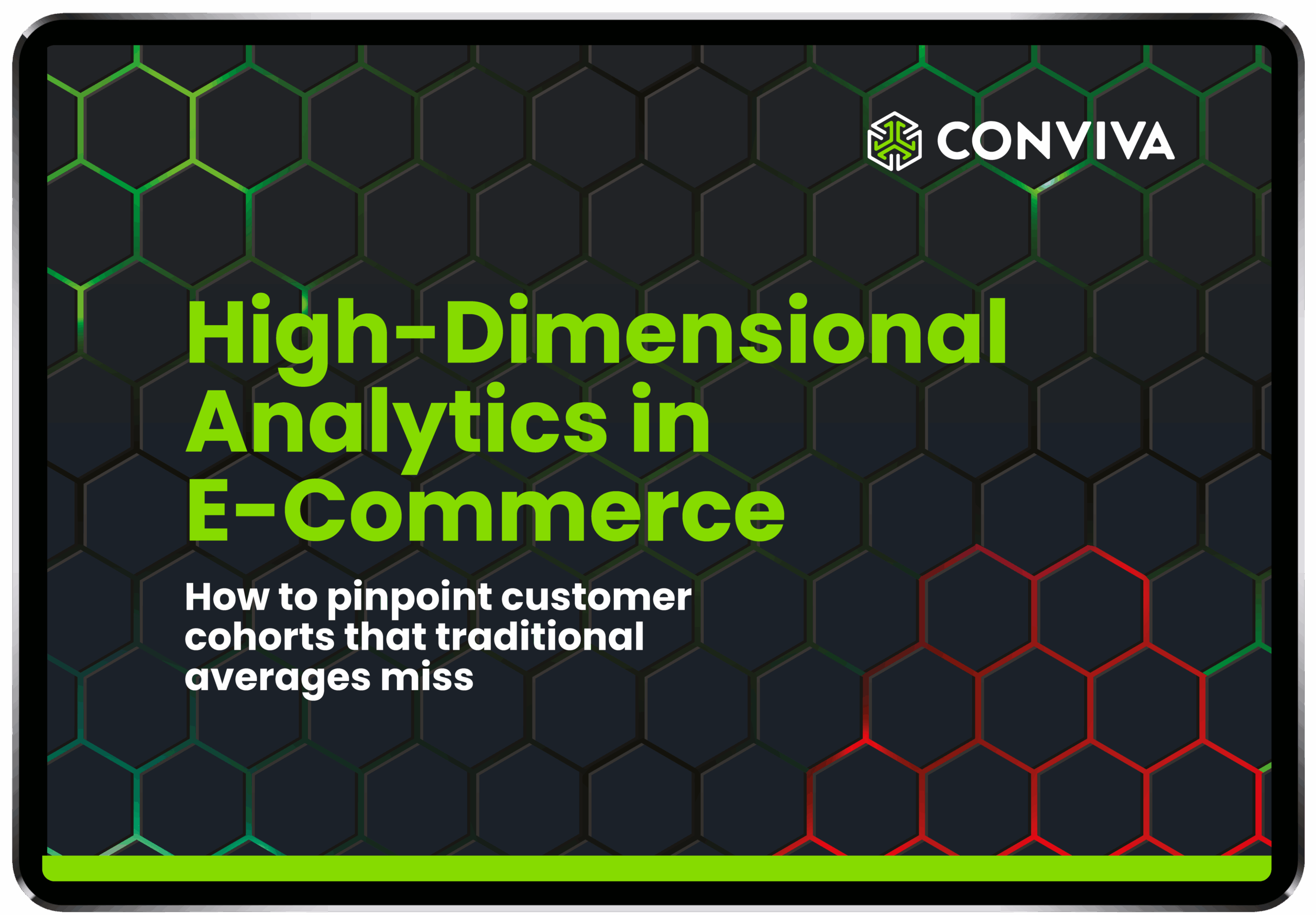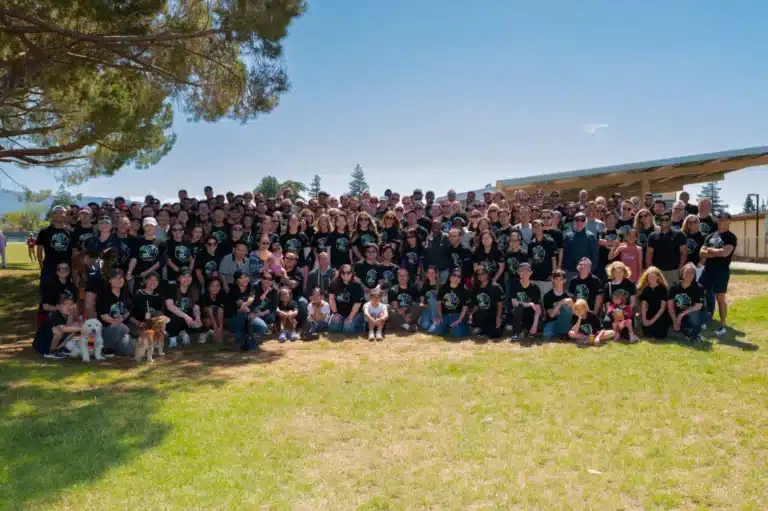Reinforcement Learning (RL) is a type of machine learning where an agent learns to make decisions by interacting with an environment and receiving feedback in the form of rewards or penalties. The agent’s goal is to maximize cumulative reward over time by learning optimal strategies through trial and error.
Why Reinforcement Learning Matters in 2025
In 2025, reinforcement learning is a key driver behind autonomous systems, robotics, game-playing AI, and agentic intelligence. Its ability to learn complex behaviors without explicit supervision makes it ideal for dynamic, real-world environments where adaptability and long-term planning are essential.
Core Components of Reinforcement Learning Systems
Agent
The decision-maker that interacts with the environment and learns from feedback.
Environment
The external system or context in which the agent operates, providing observations and rewards based on the agent’s actions.
State
A representation of the current situation or context within the environment.
Action
A decision or move made by the agent that affects the environment.
Reward
Feedback signal indicating the success or failure of an action, used to guide learning.
Policy
A strategy that defines how the agent chooses actions based on the current state.
Value Function
Estimates the expected cumulative reward from a given state or action, helping the agent evaluate long-term outcomes.
Exploration vs Exploitation
Balancing the need to try new actions (exploration) with leveraging known strategies (exploitation) to maximize rewards.
Reinforcement Learning vs Supervised Learning
Supervised learning relies on labeled data to train models, while reinforcement learning learns from interaction and feedback without predefined answers. RL is ideal for sequential decision-making tasks where outcomes depend on a series of actions over time.
Key Challenges in Reinforcement Learning
Sample Efficiency
RL often requires large amounts of interaction data, making training costly and time-consuming.
Stability and Convergence
Learning can be unstable, especially in complex or high-dimensional environments.
Reward Design
Poorly designed reward functions can lead to unintended behaviors or suboptimal learning.
Generalization
Agents trained in one environment may struggle to adapt to new or unseen scenarios.
Benefits of Reinforcement Learning
Autonomous Learning: Learns optimal behavior without explicit supervision
Sequential Decision-Making: Handles tasks involving long-term planning and strategy
Adaptability: Adjusts to changing environments and goals
Scalable Intelligence: Powers multi-agent systems and complex simulations
Real-World Applications: Effective in robotics, gaming, finance, and operations research
Use Cases and Applications
Robotics
Enables robots to learn motor skills, navigate environments, and adapt to new tasks.
Game AI
Used in systems like AlphaGo and OpenAI Five to master complex games through self-play.
Autonomous Vehicles
Helps vehicles learn driving strategies, obstacle avoidance, and route optimization.
Finance and Trading
Optimizes portfolio management, trading strategies, and risk assessment.
Industrial Automation
Improves control systems, resource allocation, and predictive maintenance.
The Future of Reinforcement Learning
Reinforcement learning is evolving toward more efficient, scalable, and generalizable systems. Integration with agentic AI, multi-agent environments, and model context protocols (MCP) will enable RL agents to operate collaboratively, use external tools, and adapt to increasingly complex tasks with minimal human oversight.
Related AI Technologies and Concepts
Agentic AI: Autonomous systems capable of goal-driven behavior and decision-making
Multi-Agent Environments: Systems where multiple RL agents interact and coordinate
Model Context Protocol (MCP): Enables RL agents to access tools and maintain context
Deep Reinforcement Learning: Combines RL with deep neural networks for high-dimensional tasks
Imitation Learning: Agents learn by mimicking expert behavior rather than trial and error
Getting Started with Reinforcement Learning
Organizations can begin by identifying tasks that involve sequential decision-making, selecting RL frameworks like OpenAI Gym, RLlib, or Stable Baselines, and designing environments and reward functions that align with desired outcomes. Simulation-based training and continuous evaluation are key to successful RL deployment.
Conviva helps the world’s top brands to identify and act on growth opportunities across AI agents, mobile and web apps, and video streaming services. Our unified platform delivers real-time performance analytics and AI-powered insights to transform every customer interaction into actionable insight, connecting experience, engagement, and technical performance to business outcomes. By analyzing client-side session data from all users as it happens, Conviva reveals not just what happened, but how long it lasted and why it mattered—surfacing behavioral and experience patterns that give teams the context to retain more customers, resolve issues faster, and grow revenue.
To learn more about how Conviva can help improve the performance of your digital services, visit www.conviva.com, our blog, and follow us on LinkedIn. Curious to learn how you can identify and resolve hidden conversion issues and discover five times more opportunities for growth? Let us show you. Sign up for a demo today.





